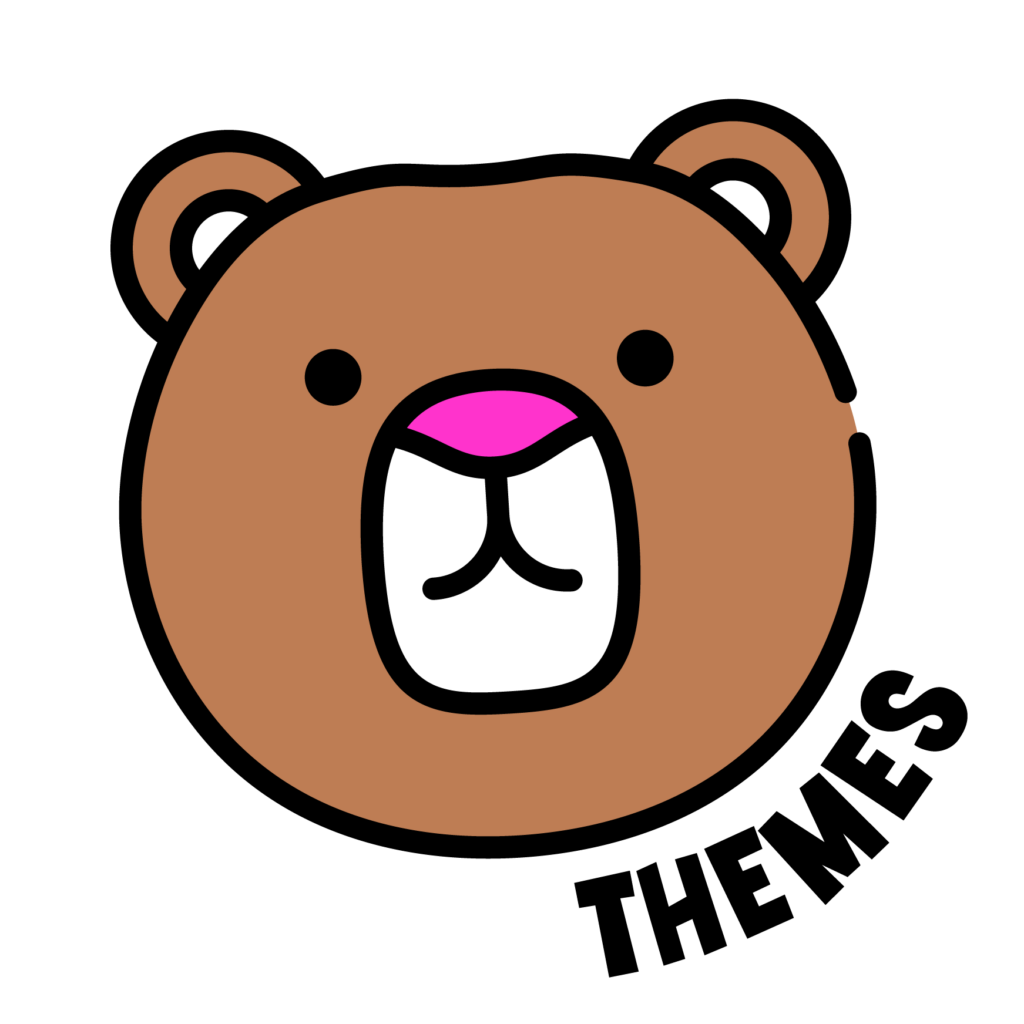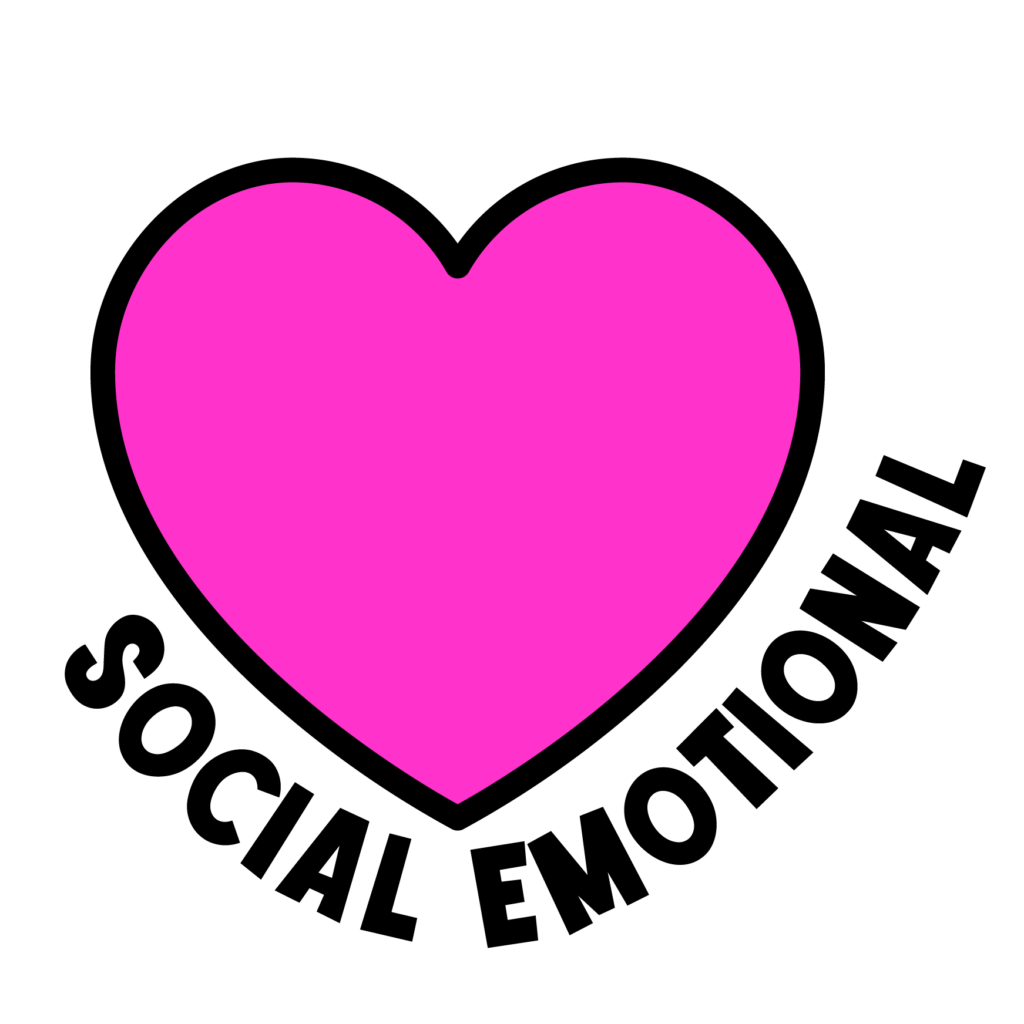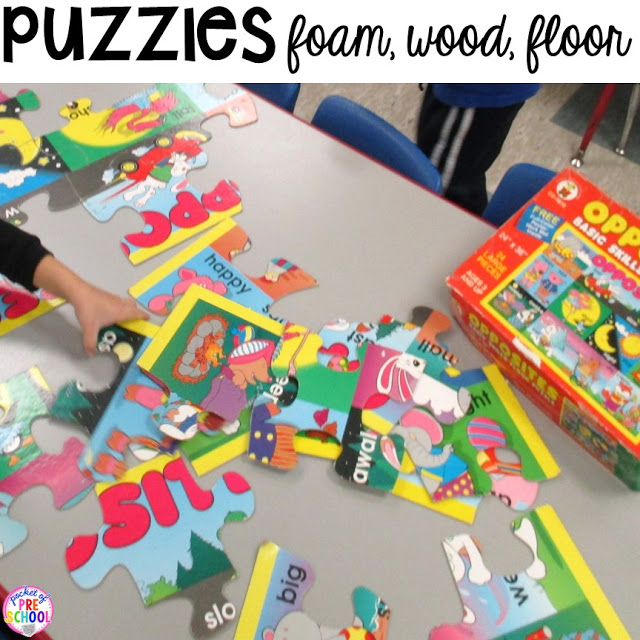How to Set Up the Math Center in an Early Childhood Classroom
Share This Post:
Let’s set up the Math Center! Little learners need many opportunities to explore, manipulate, represent, and learn various math concepts and skills.
The Math center is the perfect place for that when you intentionally plan and set up a Math center rich in materials that promote Mathematical exploration. Remember, research tells us that students need concrete hands-on activities and the opportunity to manipulate materials to develop math skills and concepts. Let’s make your Math center fun, engaging, and hands-on for your little learners.
Freebie Alert! Be sure to read to the end because I have a few FREE path games you can download for your Math center!
Grab the FREEBIE by entering your email in the box at the bottom of this post. This post contains affiliate links which means I earn a tiny commission when you use my links at no cost to you.
Just so you know, in my classroom, I combine my Math and Science centers together, aka the Discovery Center. I believe math and science overlap in SO many areas. It’s easy to combine them together in one big center. You can read about the Science Center HERE.
How to Set Up The Math Center
Let’s talk organization first. Label your shelves and tubs. You can use clip art or use photographs for your labels. Always pair the picture with the word on the label. I put a label on the outside of the tub and put a label on the shelf. Labels help students (and teachers) know where things go. Students can get the items they need and clean up independently (that’s the goal, at least). Grab the classroom labels (with real photographs) HERE.
Math Manipulatives & Games
There are some math materials that every classroom should have. Now I am not saying that all of these items should be on your shelf at the same time. Plan and rotate the items in your center based on student needs and learning themes. Every week I plan and put out one or two new items in each center in my classroom. Every time I put out something new, something else gets taken out of the center.
Some Math manipulatives that every classroom should have are linking cubes, counters, linking chains, pattern blocks, dominoes, geoboards, bingo chips, number manipulatives, scale, measuring spoons/cups, dice, math playing cards, ten frames, ice cube trays, and fun manipulatives (buttons, etc.).
Ice cube trays and cupcake pans are AMAZING for math exploration. Students can sort, count, match, and create patterns in the trays. I love having colorful pom poms (and tweezers to sneak in some fine motor) for students to use with cupcake pans, magnet numbers, and ice cube trays. The cupcake pans and pom poms are from the Dollar Tree. The tweezers are called Gator Tweezers.
The cupcake number pan circles are from my Sweets Centers pack.
Puzzles are another Math center staple. Foam puzzles, wood puzzles, and floor puzzles are fun to add to your Math center to help your students develop Spatial sense concepts and skills.
Add sorting boards or trays to use with fun manipulatives like the buttons above. This board is just a white piece of paper I drew a grid on and laminated. Food serving trays (like veggie trays and fruit trays) are fun to sort in too. You can find a ton of fun, colorful trays at the Dollar Tree.
You can never have enough fun Math games for your Math center. You can use a store-bought game like Popcorn Count Em’, or you can make your own Math games. I made this Pets Roll, Add, and Build Game when we were doing a pet theme. It is in my Pets Math and Literacy pack.
Let’s talk about Math manipulatives. Manipulatives don’t have to be just counters you find in a Teacher’s store. This is the manipulative shelf in my office. You can see I have craft supplies, mini erasers, candles, small animals, shells, rocks, cubes, gems, bingo chips, popsicle sticks, pipe cleaners, golf tees, marbles, and a variety of teacher-store-type counters for various themes. I find most of my manipulatives at the Dollar Tree, Walmart, Target Dollar Spot, or on Amazon.

Rotate your math manipulatives based on the theme or season to keep your students interested and engaged during center time. This is at the top of my math shelf. It’s the place I usually keep all the themed manipulatives and games I have. I have Valentine’s mini erasers, wood hearts, and heart jewels for students to explore and use to play the Valentine’s Cover Up Game.
STEM Activities & Challenges
STEM activities and challenges are fabulous to add to your Math center. I always have some kind of block or building item in my Math center. Legos and small wood blocks are my student’s favorites. I added my STEM “I Can Build” cards to the Lego tub to challenge students to build something new. You can grab the cards HERE.
Math Picture Books
Put out a few Math books in your Math center. These are some of my favorite fiction Math books. I just LOVE The Math Start book series by Stuart Murphy. Books introduce students to new vocabulary words and concepts. Try acting out the book or creating a Math game based on the book. When I read Pete the Cat and His Four Groovy Buttons, I bring in a box of fun buttons and tell the students they are from Pete the Cat. They eat it up and are excited to play with the buttons.
Don’t forget to read non-fiction Math books too! Set up activities from the book in your Math center.
Put the Sensory table in your Math center. The Math learning opportunities you can set up for students are endless! Students can build their vocabulary, count, compare, order, locate, sort, build, create, and measure using various tools in the Sensory table. You can also add a light table to your Math center.
When you are planning for your Math center, remember to create learning experiences and activities across all math content areas (number and operations, geometry and spatial sense, measurement, patterns and algebra, and data analysis). Next, I’ll show you some of the fun games and learning experiences I set up for my students to teach various math concepts and skills.
Number Sense

The counting concepts and skills I teach using number sense are: one-to-one correspondence, labeling collections of items, identifying numerals, and matching a number with a quantity.
- Roll and count games like this Dog Bone Game using real dog bones and a die
- Roll and dot it games (Zoo Cover Up) using one die
- Making numbers and quantities on Number Posters using play dough and dry erase markers
- Path Games Freebie
>>Grab the FREEBIE by entering your email in the box at the bottom of this blog post!<<
Operations and algebraic thinking sounds crazy for little learners to do, but they can do it at a very basic level. You want your students decomposing numbers, doing informal subtraction, doing information addition, and representing addition/subtraction with objects.
- Roll and Count Dog Bone Game using TWO dice (informal addition game)
- Race Car Race to 50 Game using TWO dice like (informal addition game)
- How many are hiding games? For the Fish Bowl Game, they have three fish and a rock. Student A closes her eyes. Student B hides some, all, or none of the fish. Student A opens her eyes and guesses how many fish are hiding based on how many she can and can’t see. (informal subtraction game)
- Ocean Bump -1 Game. The student rolls a dice and subtracts one from the quantity. (informal subtraction game)
Patterns 
Exploring patterns is just that….. students copying, extending, and creating patterns.
- Dot markers and paper
- Linking cubes and pattern cards.
- Snake pattern cards and gem counters (I made the snake cards with dot stickers)
- Ice cube tray and pom poms
Geometry 
Geometry for little learners is simply learning all about shapes. You want your students identifying shapes by name, describing shapes, comparing shapes, creating shapes, finding shapes in the environment, and combining shapes to make new shapes.
- Sort classroom objects by shape using Shape Cards
- Shape cookies and a cookie tray
- Toothpicks and play dough on trays
- Valentines’s Day Shape Game
Measurement & Data
Measuring for little learners is measuring using standard (rulers, scale, measuring cups) and non-standard tools (linking cubes, chains, beans).
- Scale and counters
- Measuring mittens with linking cubes
- Lining up animals by height
- Measuring pet animals with rainbow and bean rulers. Read how to make your own rainbow and bean rulers HERE.
Exploring data for little learners is collecting data and then using/talking about the information. Make your own spinner boards using transparent spinners.
- Student surveys (tally or dot the results)
- Pizza Topping Spin and Tally Graph Game
- Measuring flowers and writing height on a clipboard to see which is the tallest
- Zoo Animal Spin and Graph Bar Game

That was a long one! Thanks for reading to the end!
>>Grab the FREEBIE by entering your email in the box at the bottom of this blog post!<<
Check out all my Math and Literacy Centers in my store HERE. You can find tons of themes, seasons, and holiday center packs.
I did all the work for you. Just print, prep, and play! You can purchase them individually or in a money-saving bundle. There are THREE bundles: Seasons Center Bundle, Holiday Center Bundle, and Theme Center Bundle (various themes like teeth, pets, zoo, farm, camping, etc.).
Want to see how to set up the math center in a video? Check it out here.
Is your brain full of ideas? Pin this for later in case you forget!
If you need more Math inspiration, check out my Preschool Math board on Pinterest.
hey, i’m jackie!
I’m Jackie, your go-to girl for early childhood inspiration and research-based curriculum.







































